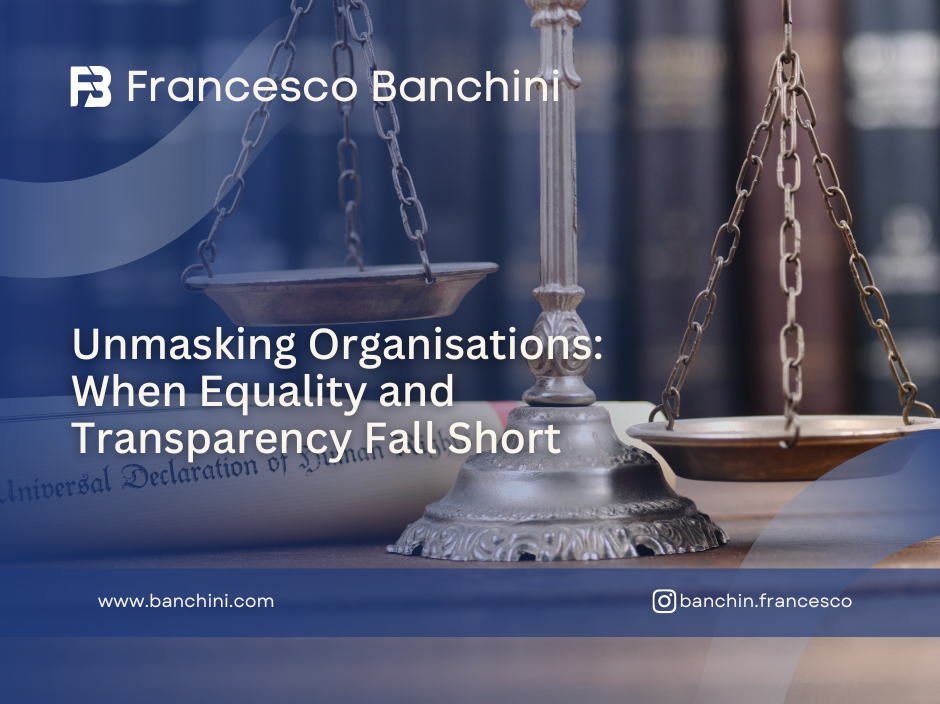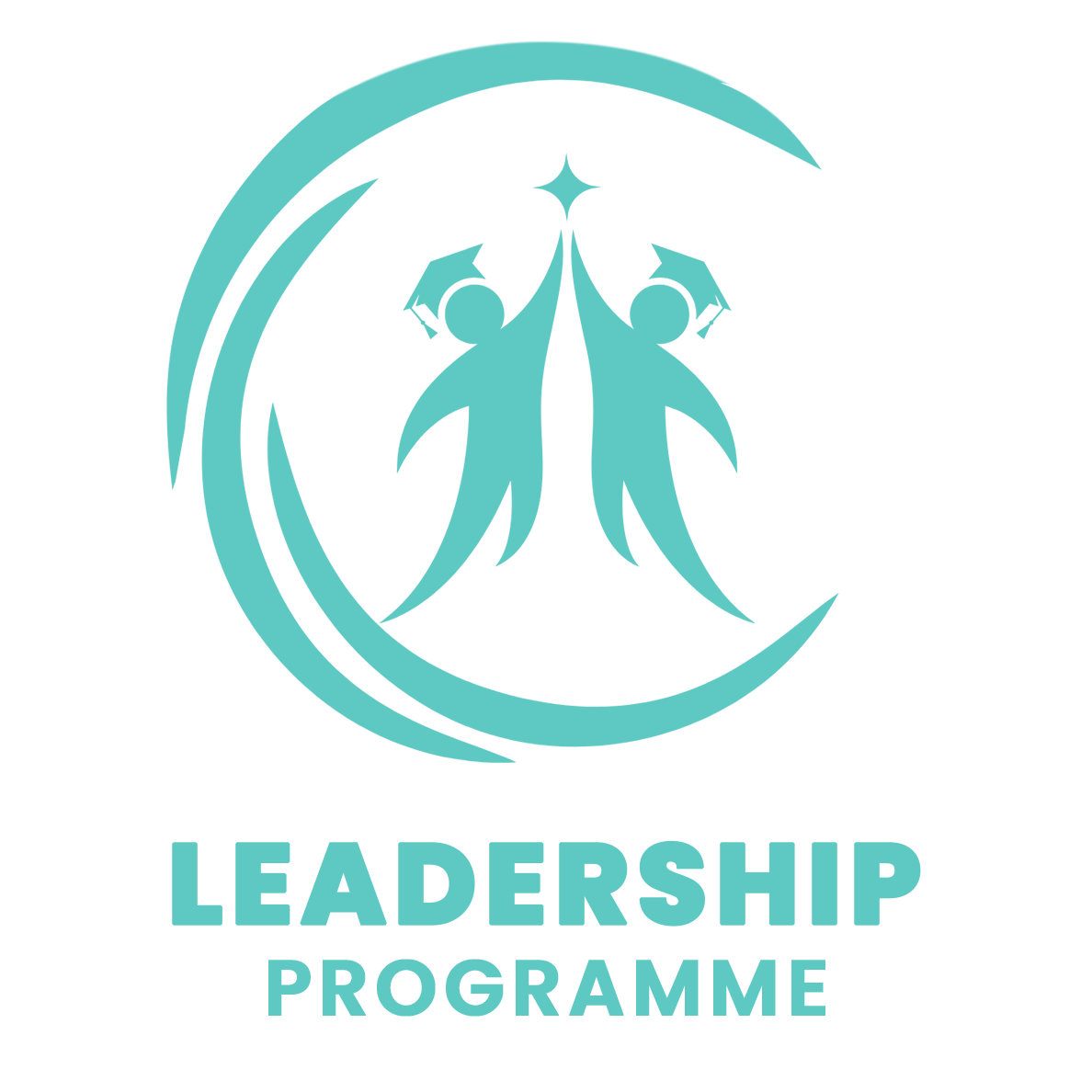
Unmasking Organisations: When Equality and Transparency Fall Short
In an era where the pursuit of equality, transparency, and diversity has become a call for progress, organisations across various sectors have embraced these principles, often espousing their commitment to these values. However, behind their claims, some organisations fail to live up to their promises, leaving individuals disillusioned and questioning their integrity. This article delves into what can be the disheartening reality of organisations claiming to champion equality, transparency, and diversity, only to reveal their shortcomings.
Promoting Equality, Practicing Bias
Many organisations claim their commitment to equality, highlighting policies and initiatives to foster inclusive environments. Yet, a closer look can reveal deep-rooted biases and discriminatory practices within these organisations. Despite having diversity and inclusion programmes, they may need more mechanisms to address systemic biases and ensure fair treatment for all employees. Instances of unequal pay, limited career progression opportunities for underrepresented groups, and discriminatory hiring practices can damage the reputation of such organisations, and expose a worrying contrast between rhetoric and actions.
Transparency: A Veil of Opacity
Transparency is a crucial element in building trust between organisations and stakeholders. Companies that claim to prioritise transparency create the expectation that they will operate with openness and accountability. However, some organisations exploit the concept of transparency as a buzzword, and do not scrutinise their own actions. Some organisations may engage in opaque decision-making processes, withhold information, or employ carefully crafted public relations strategies to create an illusion of openness. In reality, they prioritise protecting their image and vested interests, eroding trust and leaving stakeholders questioning their integrity.
Diversity: Superficial Representation
Diversity, a driving force for innovation and progress, has gained significant attention in recent years. Organisations highlight their diverse workforce as a testament to their commitment to inclusion. Yet, diversity, operationalised in this manner of positive discrimination, remains at best a mere cosmetic feature and at worst a barrier to meaningful change. Positions of power and influence should be filled by merit and potential. Companies may place individuals from marginalised communities in token roles, providing the appearance of diversity while failing to address the underlying systemic barriers that prevent true equality. Organisations can perpetuate the status quo by failing to empower and uplift diverse voices, stifling real progress.
Root Causes and the Way Forward
The reasons behind the disparity between organisational rhetoric and actions are multifaceted. Some organisations may prioritise short-term gains, sacrificing long-term values. Others may not understand the complexities surrounding equality, transparency, and diversity. Additionally, systemic issues, unconscious biases, and ingrained organisational cultures can undermine the implementation of genuinely inclusive practices.
To rectify this dissonance, organisations must go beyond surface-level commitments. They must actively evaluate their policies, procedures, and workplace culture, identifying and addressing any biases or barriers hindering true equality and transparency. Genuine engagement with stakeholders, including employees, customers, and communities, is vital to gain valuable insights and hold organisations accountable. Those in organisations should not feel prevented from questioning or requesting more information about decision-making processes.
The existence of organisations that promote equality, transparency, and diversity while doing the opposite highlights the need for vigilance and critical examination. It is crucial for individuals and communities to be aware of the gap between rhetoric and reality, demanding accountability from these organisations. By shining a light on these inconsistencies, we can encourage organisations to rectify their practices, fostering environments that genuinely embody the values they claim to uphold. Only through collective effort, open discussion and ongoing scrutiny can we foster organisations that truly embody equality, transparency, and diversity.





